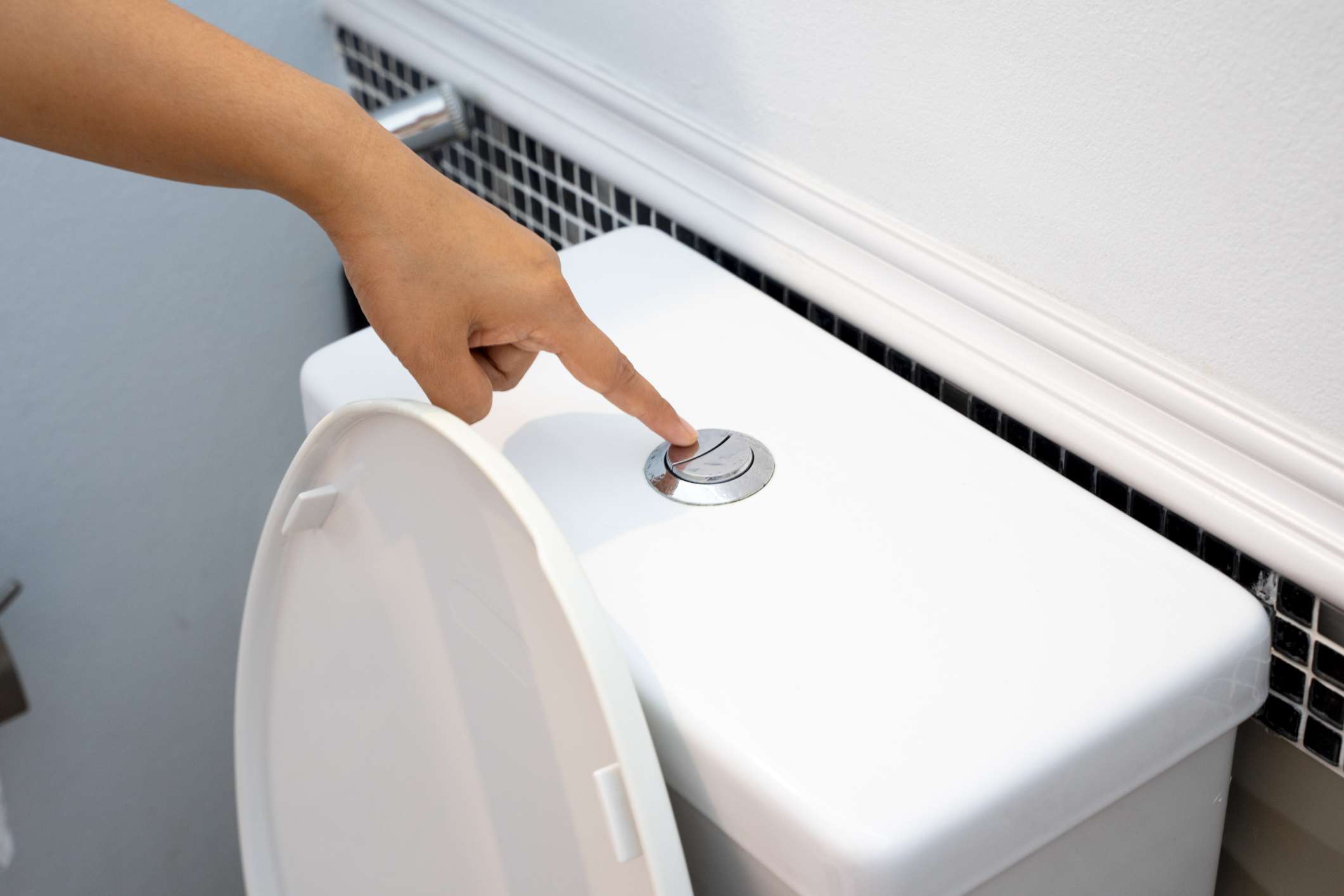Introduction:
Power outages, often an unwelcome surprise, disrupt our daily routines and necessitate swift adjustments. Amidst the chaos, the impact on seemingly mundane tasks like flushing toilets becomes apparent. This article aims to shed light on the often-overlooked aspect of maintaining sanitation during power outages. From understanding the mechanics of toilet flushing to experimenting with various strategies and exploring alternative solutions, this comprehensive guide ensures that you are well-prepared to navigate the challenges of toilet usage when the power goes out.
I. The Basics of Toilet Functionality:
Toilets come in various types, but two primary categories are gravity-based and pressure-assisted toilets. Gravity-based toilets rely on the force of gravity to move water from the tank into the bowl and initiate the flushing process.
Understanding the inner workings of the flushing mechanism, including the flapper, float, and flush valve, is crucial. On the other hand, pressure-assisted toilets use compressed air to enhance flushing power.
Familiarizing yourself with these components provides a foundation for comprehending how toilets operate without power.
II. Factors Affecting Toilet Flushing Without Power:
During a power outage, the water level in the tank becomes a critical factor. Adjusting it to an optimal level ensures efficient flushing while conserving water.
Regular maintenance is equally essential, as leaks or blockages can compromise the flushing mechanism. Performing routine checks and addressing issues promptly contributes to the overall reliability of your toilet system during power outages.
III. Strategies for Maximizing Toilet Flushes Without Power:
Water conservation takes center stage in this section. Learn to reduce water usage per flush by adjusting the water level in the tank or using displacement devices.
Embrace the concept of collecting and reusing greywater from showers and sinks for flushing purposes. These sustainable strategies not only extend the number of flushes but also promote environmentally conscious practices.
IV. Testing Toilet Flushing Limits:
To truly understand the limitations of flushing without power, controlled experiments are necessary. Begin with a baseline of normal flushing and gradually decrease water availability, observing the impact on performance.
Document the number of successful flushes, note any changes in functionality, and gain valuable insights into preserving toilet efficiency during emergencies.
V. Alternative Solutions for Toilet Use During Power Outages:
Portable toilets emerge as a viable solution when traditional plumbing is unavailable. Explore various options, from camping toilets to emergency sanitation kits, and understand their pros and cons.
Additionally, consider community resources such as shared facilities in the neighborhood, fostering a collaborative approach to sanitation during power outages.
FAQs:
Q1: Can I flush my toilet without power?
A: Yes, gravity-based toilets can be manually flushed by pouring water into the bowl. Pressure-assisted toilets may need alternative solutions.
Q2: How can I reduce water usage per flush during power outages?
A: Adjust the water level in the tank to decrease the amount used per flush. Consider using disposable liners for solid waste.
Q3: Are there portable toilets that can be used during power outages? A: Yes, various portable toilet options, including camping toilets and emergency sanitation kits, are designed for use in the absence of traditional plumbing.
Conclusion:
In the face of power outages, maintaining a semblance of normalcy, including basic hygiene, becomes a priority. Armed with knowledge about toilet functionality, water conservation strategies, and alternative solutions, you can confidently navigate toilet flushing without power. Preparedness and resourcefulness are the keys to ensuring that even in challenging situations, essential daily tasks, like toilet usage, can be managed with minimal disruption. Remember, a well-prepared approach ensures that your household remains resilient in the face of unexpected challenges.

A group of home improvement enthusiasts and bathroom design experts, combines in-depth knowledge and a shared passion to deliver engaging, informative content that guides readers through the world of bathroom innovation and style.

Leave a Reply